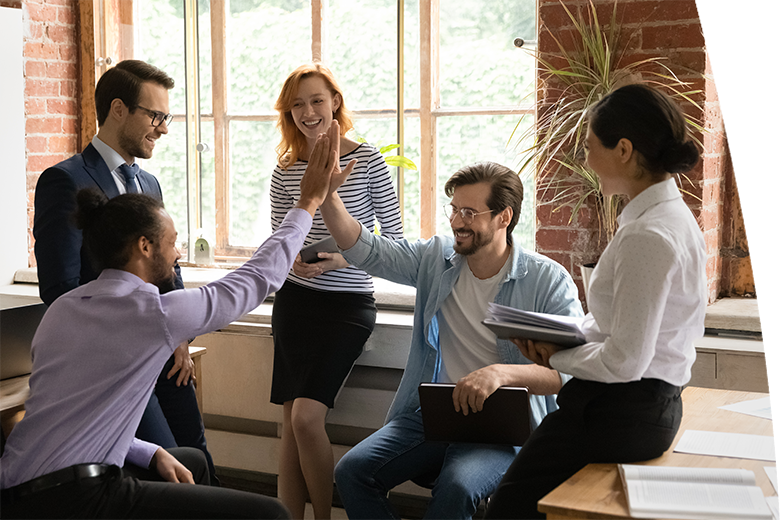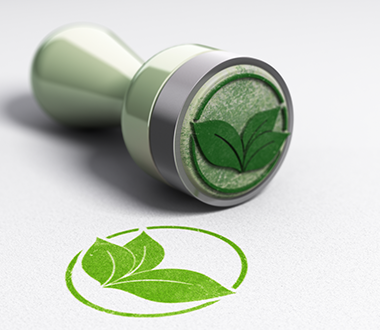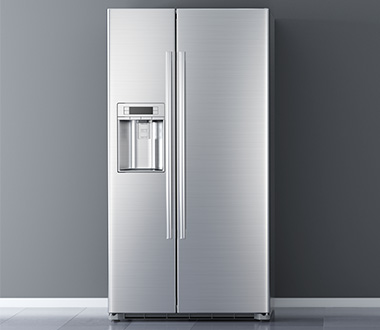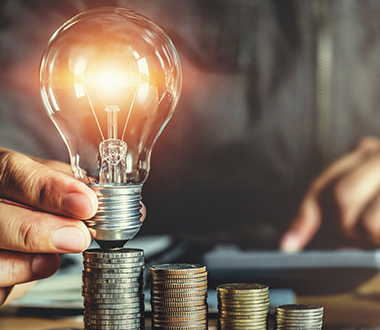Give your waste a second chance with a circular economy
Today, the whole world is under enormous pressure - climate change, massive mining, limited resources, population growth, an environment threatened by increased energy consumption, and large-scale CO2 emissions. Business implementation of efficient industrial processes, such as the circular economy, can significantly contribute to positive change in countless industries.
What is a circular economy?
It is mainly about using fewer resources through more efficient procedures, waste prevention, reuse, repairs, and recycling. Unlike the traditional take-and-throw linear model, the circular model revolves around the repair, recycling, and refurbishment of already used materials and products - for as long as possible. With this circular behavior scheme, the product life cycle is extended to the maximum.

How to implement it into your business?
The circular economy is not just about waste. Waste is located at the end of the products life cycle. It is more important to focus on its start, functional design, and responsible consumption. Use non-toxic and recyclable materials. If possible, use renewable energy sources such as solar, wind or hydropower in the production. Produce or own things that can be reused, repaired, recycled, or easily disassembled into parts that can still be used or recycled efficiently. The aim is to keep all products, components and materials in circulation for as long as possible.
The implementation of the circular economy in enterprises places particular emphasis on the way products and materials are used in a particular sector.
However, answer a few questions before implementing:
- What is most important to your company and what is it worth?
- How will this affect the company's revenue?
- How will society contribute to a better environment?
- How will you train your employees in this area?
- Is the circular economy model well known and understood by all members of society and employees?

Real-life examples
For example, BASF has incorporated this idea into its approach and has started to use energy and resources efficiently. Excess heat produced in one production plant can be reused in other plants. Reaction by-products from one plant serve as a raw material for another. They reduce emissions and waste while protecting resources.
Do you know Fairphone? This is a D4C product - Designed for circularity. The phone is made of fairly recoverable and recyclable materials, is easy to disassemble, therefore quick to repair. Seaweed bottles are the perfect replacement for plastic. These bottles do not degrade into small pieces of plastic waste after use, but rather into algae.
It is estimated that these principles and practices could save at least $ 1 trillion in materials by 2025. And every year after. At the same time, a large number of jobs are expected to be created by this endeavor.
Don't forget to subscribe to our newsletter to receive additional tips and advice from various areas of the business environment.



